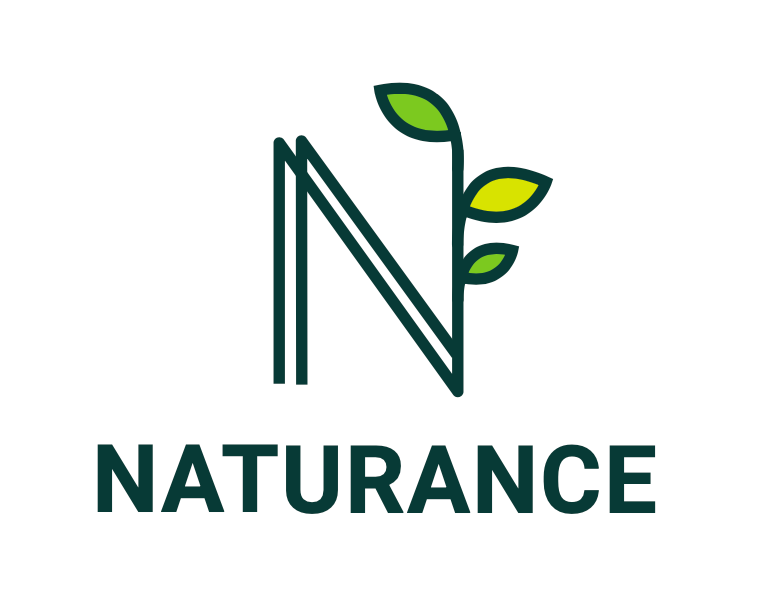Nature at the Core of Resilience: NATURANCE at the Global Platform for DRR 2025

The event highlighted how nature-based and ecosystem-based approaches can reduce disaster risk and build long-term resilience.
Early warning systems for tsunami preparedness and response

On December 11th, project coordinator Jaroslav Mysiak will participate in a UNDRR webinar that explores the evolution of tsunami preparedness over the past two decades.
NATURANCE contributes to shaping the agenda of the UN Global Platform for Disaster Risk Reduction 2025
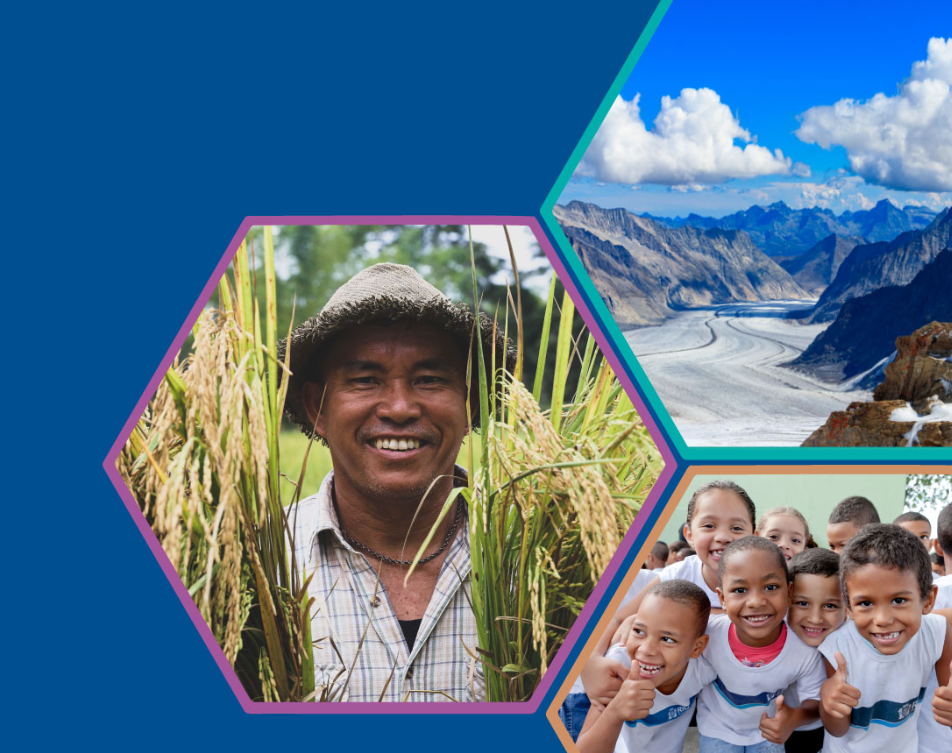
The biennial international forum assesses and advances progress on the Sendai Framework for DRR.
NATURANCE contributes to the Europe and Central Asia Regional Platform for Disaster Risk Reduction in Budva, Montenegro, 6 – 8 November 2024
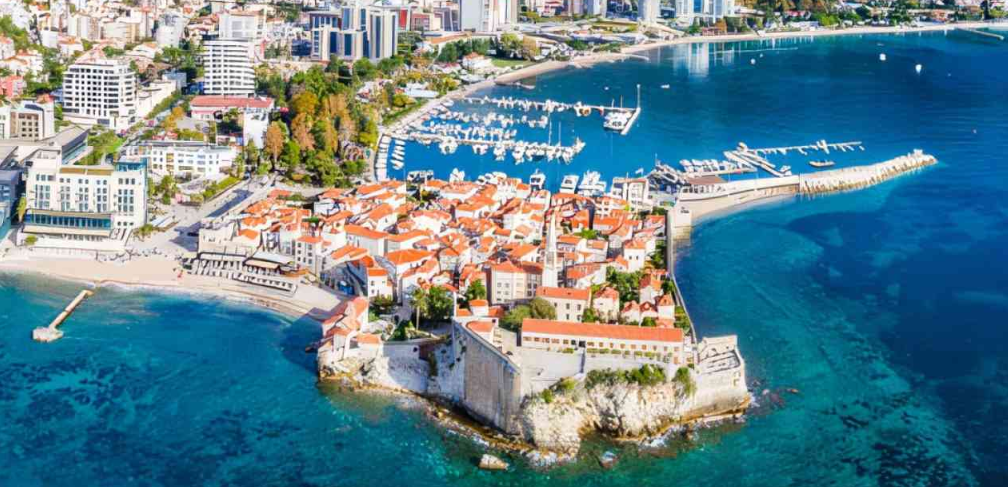
The Regional Platforms serve as a key forum for assessing progress on the Sendai Framework for DRR at the regional level.
The role of ecosystem-based approaches in integrating disaster risk reduction, climate, land, and biodiversity goals

New PEDRR brief underscores the importance of cross-sectoral collaboration and data-driven strategies for effective policy implementation.
Naturance joined the Disaster Research Days 2024
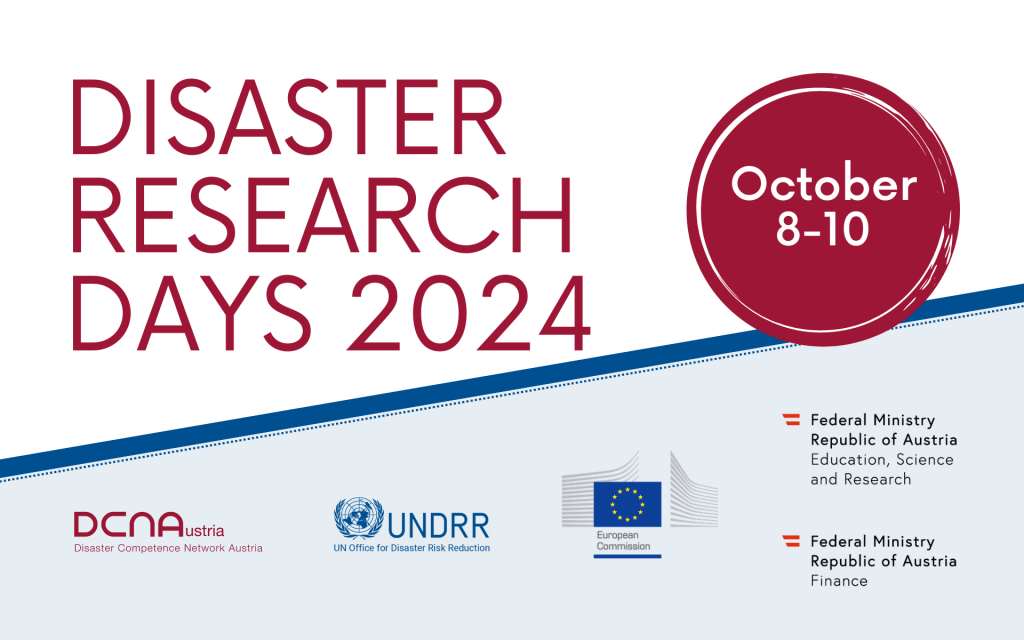
The project coordinator Jaroslav Mysiak referred to the work undertaken by Naturance in addressing both the climate and biodiversity crises simultaneously.
WEBINAR – Insurance solutions as a means to finance wetlands ecosystems
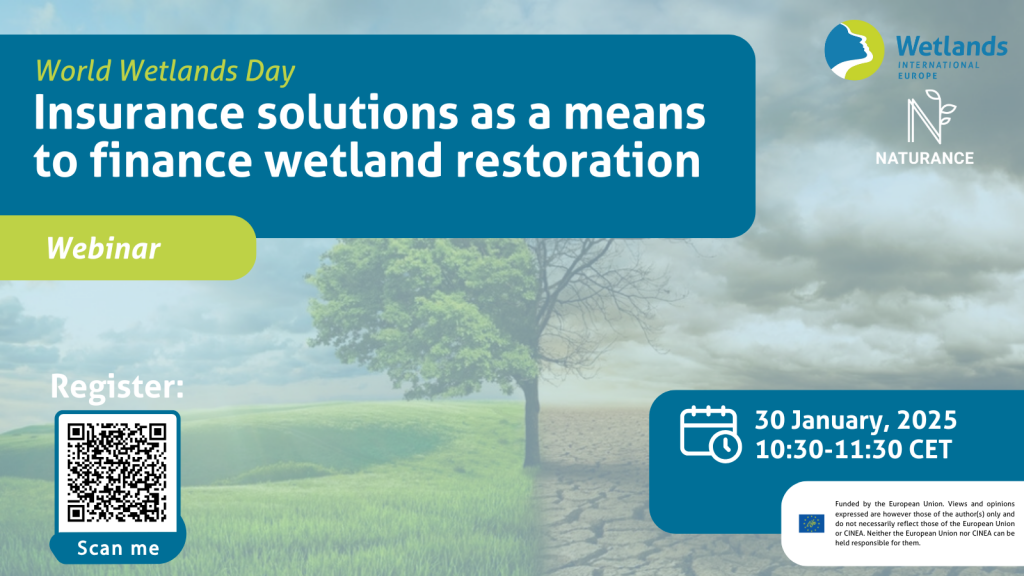
On 30th January at 10:30 CET, NATURANCE and Wetlands International hosted a webinar to underscore the role of wetlands in disaster risk reduction to emphasize the need for investment in their restoration. Wetlands are multifunctional ecosystems playing a critical role in maintaining biodiversity, regulating water cycles and mitigating the impacts of natural disasters such as […]
Words into Action: Nature-based Solutions for Disaster Risk Reduction guide
How to enhance Disaster Risk Reduction strategies through Nature-based Solutions
Sensitivity
Sensitivity is the degree to which a system or species is affected, either adversely or beneficially, by climate variability or change. In contract, coping capacity is the ability of people, organisations and systems, using available skills and resources, to manage adverse conditions, risk or disasters. The capacity to cope requires continuing awareness, resources and good […]
Disaster Risk Management
Disaster risk management (DRM) is the organisation, planning and application of measures preparing for, responding to and recovering from disasters. DRM and disaster risk reduction (DRR) are interlinked: DRR is the policy objective of DRM, and the goals and objectives of the latter are defined in DRR strategies and plans. Source: EEA
